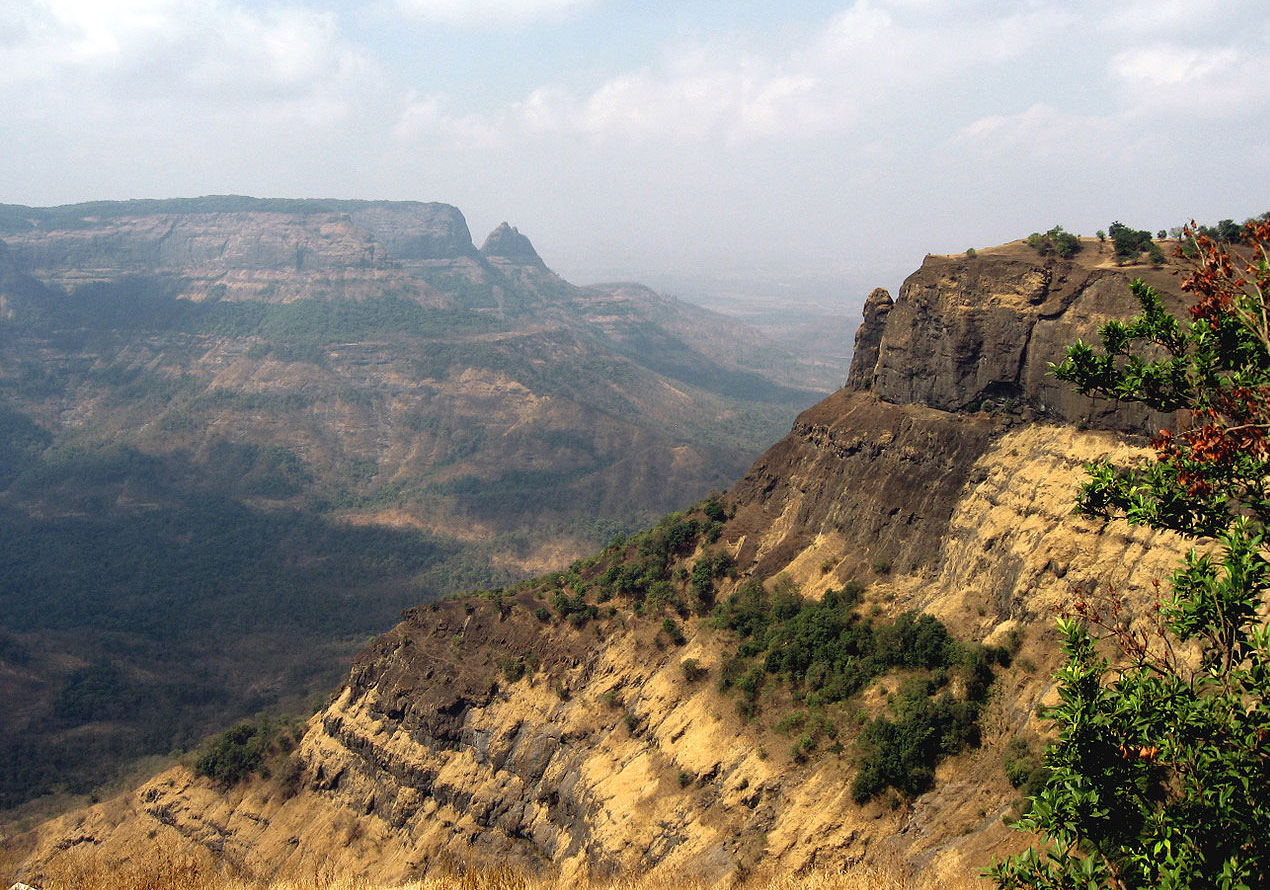Principal Investigator
At a Glance
To achieve net-zero emissions, India is expected to implement large-scale carbon capture and storage (CCS). The Deccan Traps basalt province has a total of around 300,000 km3 of rock and is considered the most promising location for onshore geological storage in India. Despite the enormous rock volume, virtually none of it appears suitable for large-scale CO2 injection and storage, due to its shallow depth and the presence of extensive vertical dikes. This raises serious questions about India’s CCS-heavy pathways to net-zero, with potential consequences for carbon mitigation on a global scale. These findings will impact decisions that companies working towards net-zero in India will make in the future.

Research Highlight
India is the third largest and fastest growing emitter of CO2 globally. India’s energy mix includes a large fleet of coal-fired power plants whose operational lifetimes extend decades into the future. As a result, proposed pathways to net-zero include carbon capture and storage at a rate of hundreds of millions of tonnes of CO2 (MtCO2 ) per year by 2035. This will require large amounts of accessible storage capacity in subsurface rock formations. The sedimentary formations usually relied upon to provide that capacity are severely limited in India, where the geology is characterized by ancient granitic basement rock and the Deccan Traps, a large deposit of flood basalt (Figure 4.1a). A growing body of research on rapid carbon mineralization in basalt formations has suggested that the Deccan Traps may be able to provide significant storage capacity for CCS.
To assess whether the Deccan Traps are likely to be able to accommodate large-scale CCS, the Celia lab, led by graduate student Tom Postma, (1) mapped the area in three spatial dimensions; (2) considered necessary constraints on injection depth; and (3) analyzed the geology of the rock volume residing at suitable depths to gauge the likelihood of finding viable injection targets.
In the absence of basin-wide three-dimensional geological datasets, Postma and Celia combined data from many different sources to obtain a large, internally consistent dataset that covers the whole region of interest (Figure 4.1b). After mapping the surfaces that mark the top and base of the Deccan Traps, they estimated the total basalt thickness at every location (Figure 4.1c). The resulting volume of basalt was around 300,000 km3, which is consistent with estimates found in the literature.
Virtually all proposed implementations of CCS involve injection of separate-phase, supercritical CO2 , which has a much higher density than CO2 in the gas phase. To inject and store CO2 as a supercritical fluid, the pressure and temperature in the target formation must exceed the critical pressure and temperature for CO2 : 7.4 MPa and 31.1°C, respectively. In practice, this imposes a minimum injection depth of around 750 m. Because the top of the Deccan Traps largely coincides with the ground surface, the depth requirement implies that the top 750 m of basalt are not suitable for CO2 storage. Only 28% of the total rock volume found at depths greater than 750 m remains viable. This deeper basalt is found only in limited areas, imposing significant geographical constraints on available injection locations (Figure 4.1d).

Mapping the Deccan Traps basalt province.
(a) Geological map of the Deccan Traps and surrounding area, West-Central India.
(b) The combined set of data points used to map the Deccan Traps, with markers colored to show the thickness of the basalt at that location. Each marker shape corresponds to a different data source, with filled markers used for those that report direct field measurements.
(c) The estimated basalt thickness at each location, with a combined bulk rock volume of around 300,000 km3.
(d) The estimated thickness of the basalt satisfying the minimum depth requirement of 750 m, with a combined bulk rock volume of around 84,000 km3. Vertical and horizontal features such as those on the western margins of the Main Deccan Province are interpolation artifacts.
It is possible to circumvent the depth requirement by premixing CO2 in water and then injecting the aqueous solution into the rock. Because dissolved CO2 concentration is limited to a few percent, this kind of injection involves 20 to 40 times the volume of fluid compared to separate-phase CO2 injection. This method is being used by Carbfix, an academic-industrial partnership developing CCS in shallow basalt formations in Iceland. While this method is feasible for small-scale injections, like the Iceland project, the water requirements become exorbitant and infeasible for large-scale injections like those envisioned in India. As such, it is not possible to circumvent the depth requirement.

Large dike swarms disrupt lateral continuity of potential target formations.
(a) Geological map of the Deccan Traps and surrounding area, including the location of magmatic dikes mapped by the Geological Survey of India (GSI). While GSI data is limited to dikes that form visible outcrops on satellite imagery, additional dikes could be present below the surface.
(b) The location of magmatic dikes superimposed on a map highlighting the areas where basalt can be found at sufficient depth.
The depth constraint of 750 m is not the only requirement for viable geological storage. CO2 must be injected into permeable rock formations that have large, continuous lateral extent. Otherwise, the pressure buildup associated with the injection operation becomes excessive. In parts of the Deccan Traps, magmatic activity caused extensive fractures that became filled with the intruding magma, which cooled and solidified to form dikes: vertical, sheet-like intrusions that cut across the horizontal layering of the basalt formation. Dikes typically form in large numbers, giving rise to dike swarms involving thousands of dikes of varying sizes (Figure 4.2a). These dikes form vertical barriers that limit horizontal connectivity. In the Deccan Traps, the regions where basalt can be found at sufficient depth for CCS coincide almost exactly with the regions where dikes are most prevalent (Figure 4.2b). The large number of dikes casts significant doubt on the existence of laterally extensive flow systems, which are required for CO2 to be injected for long periods of time.
In conclusion, both the lack of sufficient depth and extensive lateral continuity combine to render almost all the basalt in the Deccan Traps unsuitable for geological storage of captured CO2.




